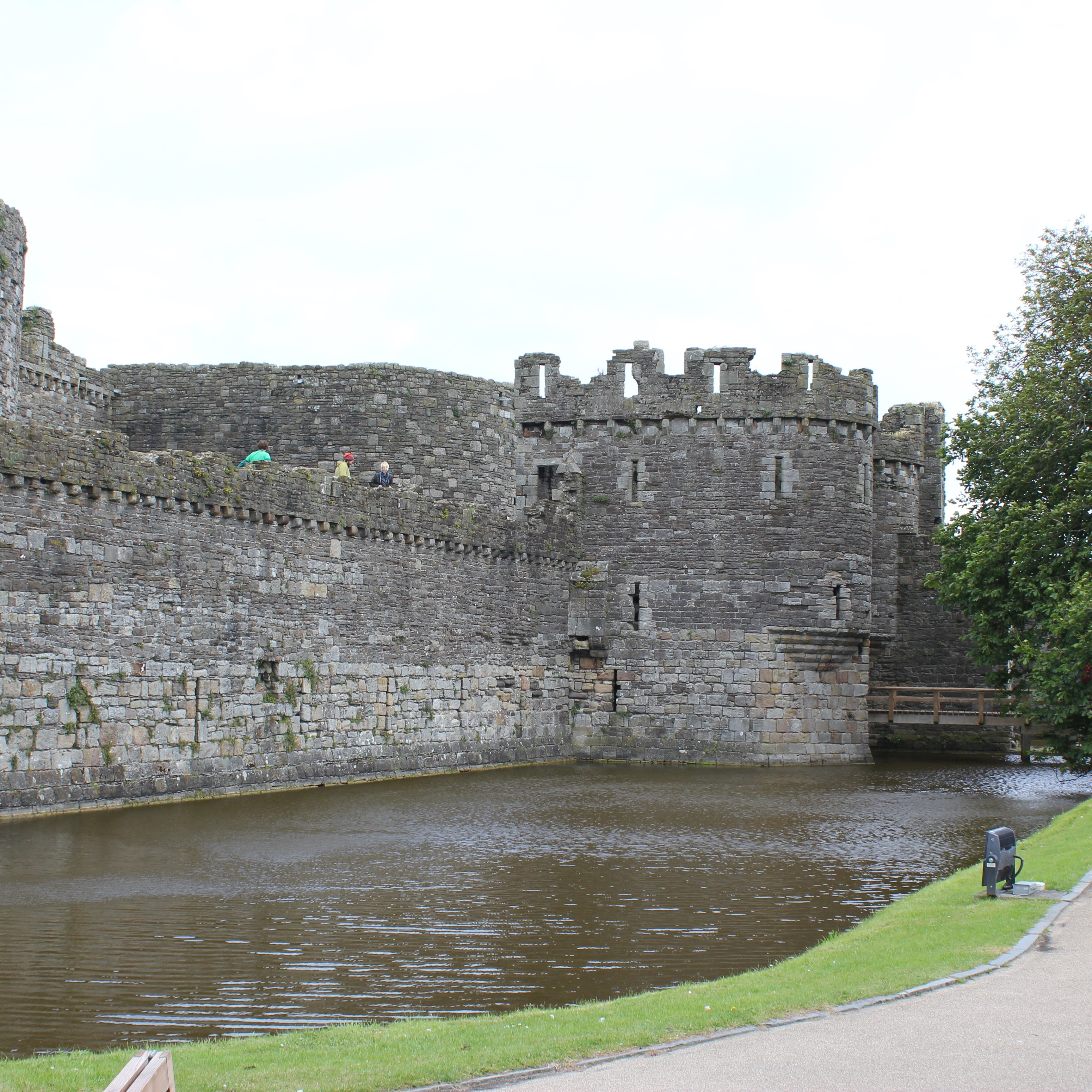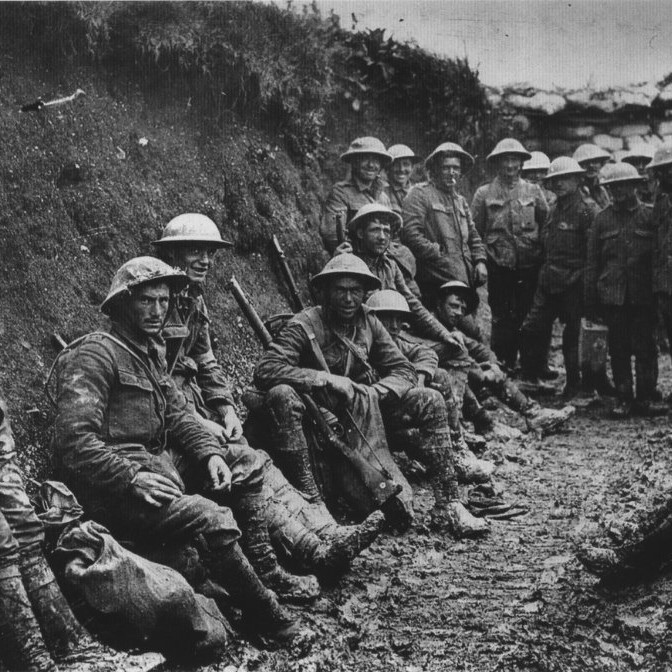Dunnings Class
World HistoryCovers the entire history of humanity in the World but mostly focuses on the major civilizations of the world from 10,000 BCE to current issues.
World History
This is a quite popular wave in the teaching of history worldwide. It came to the attention of many teachers that we were doing a disservice to our students by teaching geographically specific world history courses like Western Civilization. It was apparent that our focus on specific regions led our students to a skewed version of history without understanding of the inter-connectivity of all regions to the development of humanity. This class tries to approach the impossible task of teaching the entire history of the world by focusing on what scholars believe are the most important events in history as a guide for students to understand the complex nature of the rise of humanity. If done correctly this can be quite interesting and leads to impressive projects for students to create. Special focus is given on simply teaching history the way it happened instead of getting involved in the highly politicized historical interpretation that all too often happens in the classroom. Students will be given the view of history that is most agreed upon by scholars and allowed to interpret the meanings of this for themselves. All viewpoints will be considered based on the merits of historical truth they hold.
world history units
Here is the list of units for this course. It is based on the unit breaks that the AP World History Curriculum uses (with one minor tweak) and will be the basis for our cumulative tests in the course this year.

Unit 1
Unit 1 in this class is based on a set of dates that is recognized by most World History teachers as the time between early man and about 600 C.E. (Current Era). The point of the break is one in which many of the most influential civilizations around the world fell or had recently fallen, which gives us as much of a breaking point as one gets in world history. Between these dates are a wealth of civilizations that are important to world history but are largely forgotten by most of America. For every well-known civilization like Egypt, we cover many lesser known (but important) civilizations like the Phoenicians.
Unit 2
Unit 2 covers a wide range of history by starting in the year 600 C.E. (Current Era) and continuing up until 1450 C.E.. This allows us to cover a wide variety of concepts from Islamic and West African Empires to the “Dark Ages” in Europe and all the way to the rise of the Mongols and the Samurai. Many of these stories are ones that students have heard of before, but we go in much more in depth than what they know. We also do a great deal of cross cultural analysis in this chapter. Comparing European Knights with Japanese Samurai, for instance, is a comparison students are supposed to know.


Unit 3
Unit 3 covers the time period between the rise of exploration to the beginning of the age of revolutions in World History (1450-1750). This includes a great deal of intrigue in both the east and the west that famously includes the rise of the gunpowder empires in various regions of the Asian continent. The rise of the west from the Middle Ages causes ripples across the globe as many areas are colonized in this time period including much of the Americas. The start of colonization would cause an epic clash of civilizations in the Americas as well as the rise of chattel slavery which was significantly different than other types of slavery.
Unit 4
Unit 4 covers the time period between the start of the age of revolutions in 1750 to the start of the first World War in 1914. While these dates seem largely based on European issues, the unit does cover the entire world as one that is more interconnected than it has ever been. The concepts that rise from the age of revolutions spread throughout the globe and lead to uprisings around the globe. These revolutions would shake the foundation of human society and set us on a path towards the modern world as we know it.


Unit 5
This last unit of this course covers the time period from the beginning of the First World War (1914) to the present day. This of course includes material that the students are far more familiar with, including everyone’s favorite in World War Two. Explaining WWII from the world perspective is a bit different than what student’s get in U.S. history though, so they do learn a lot about the war. We also cover a great deal of other concepts that are far less public knowledge including the rise of some of the great men and women of our age like Gandhi, Emmeline Pankhurst, and Nelson Mandela among others.
Chapters In World History
Select chapters based on the content you are looking for or simply search for a topic at the top of the page
Chapter 1:
Prehistory to Early Civilizations
Chapter 2:
Classical Civilizations
Chapter 3:
World Religions
Chapter 4:
Mediterranean Civilizations
Chapter 5:
Civilizations of The Americas
Chapter 6:
Asian Civilizations
Chapter 7:
Exploration & it’s Effects
Chapter 8:
The European Renaissance
Chapter 9:
Central Asian Development
Chapter 10:
East Asian Development
Chapter 11:
Early Revolutions
Chapter 12:
The Industrial Revolution & Economic Development
Chapter 13:
Revolutionary Ideas Spread
Chapter 14:
The Development Of Imperialism
Chapter 15:
Changes in Asia
Chapter 16:
The Great War
Chapter 17:
Between The Wars
Chapter 18:
World War II
Chapter 19:
The Cold War
Chapter 20:
Revolts Against Imperialism
Chapter 21:
The Modern World
World Resources
Please visit the resource area for World History if you are interested in finding ways to be more successful in class. It will give you info on study tips, class projects and more.
















